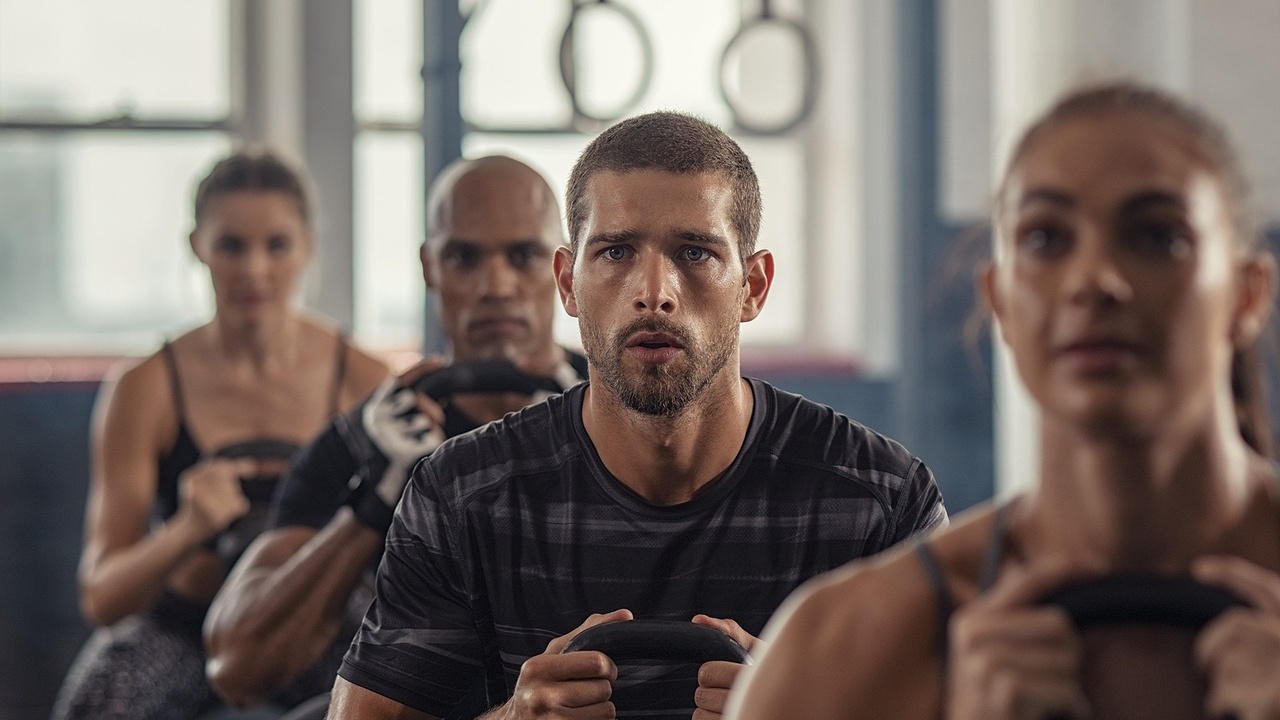9 Tips to Improve Your Strength Training Workout
Jul 17, 2013
Strength training is an important component of your fitness program. The resistance that you use can be in the form of machines, free weights, medicine balls, tubing or bands, and body weight. Regardless of how you apply resistance, here are some tips to keep in mind.
- Warm-up and Cool-Down: Perform an aerobic warm-up, such as walking or an exercise machine, for at least five minutes. This will distribute blood throughout the body to all the muscles that will be trained. If time permits, do the same at the end of the workout before stretching. This will help with recovery.
- Stretch: Always stretch the muscles you have used. Hold stretches for 60 seconds and don’t bounce.
- Breathe: Exhale during exertion and inhale while recovering.
- Exercise Order: Start with the large muscle groups and multiple joint movements. Then, progress down to the smaller muscle groups and single joint movements. For example, perform squats before calf raises.
- Balance Lifts: Include opposing, agonist/antagonist, muscle groups. When you perform an exercise such as a biceps curl, balance that exercise with a triceps extension. During a biceps curl, the agonist, biceps muscles, are shortening while the antagonist, triceps muscles, are lengthening. Vice versa on the triceps extension.
- Rest: Take a minimum of 48 hours rest before strength training the same muscle group again. Why? Because strength training breaks down muscles so they can grow back stronger. It's necessary to rest so the muscles can rebuild.
- Muscle Specificity: Your body will become strong in the postures you assume, including joint angles and speed of movement. If you are training to improve sports performance, then mimic sports positions and speed when strength training. For example, if you are a cyclist, perform some of your repetitions with your feet pedal-width apart while doing the leg press. You could then do some your reps with your feet handle bar width apart when rowing or performing bench-press.
- Progressive Overload: To gain strength, your muscles must be consistently overloaded with increasing resistance, repetitions or sets.
- Single and Double Sided Movements: Select exercises that work each side of the body independently and together. When performing an exercise such as a squat with both legs simultaneously, small compensations can occur where one side is working harder than the other. Include single sided exercises such as one-legged squats, step-ups or lunges to isolate the work on each side.
Stay connected with news and updates!
Join our mailing list to receive the latest news and updates from me.
Don't worry, your information will not be shared.
We hate SPAM. We will never sell your information, for any reason.

